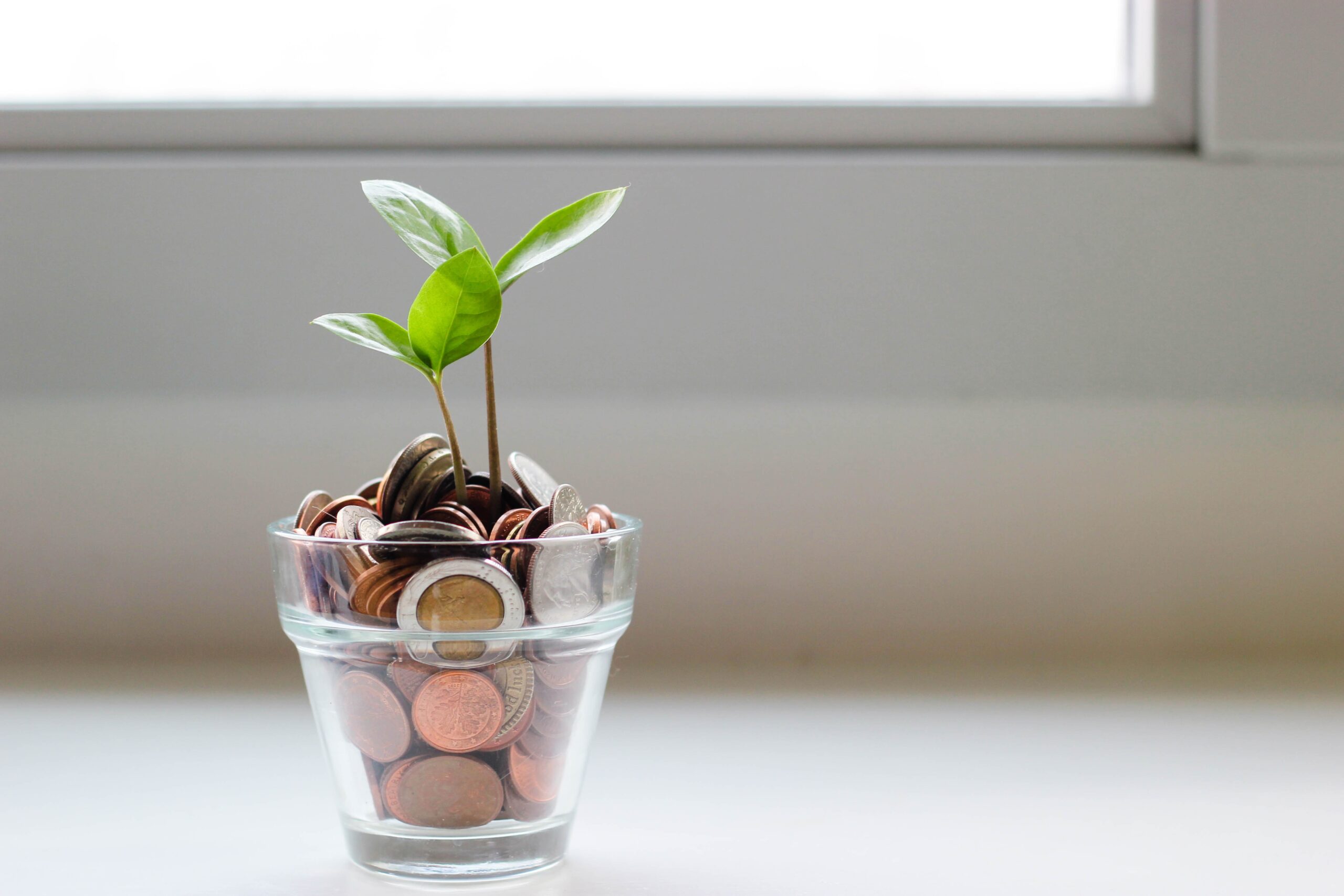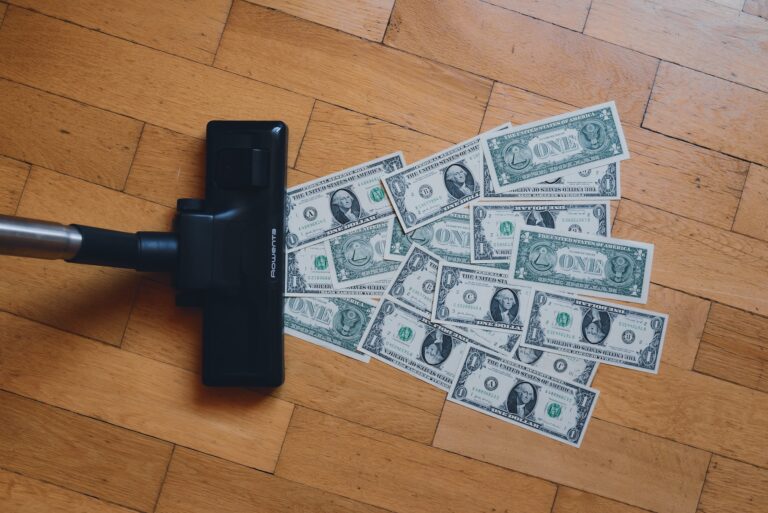Budgeting Tips for Beginners
As an Amazon Associate, I earn from qualifying purchases.
Disclosure: Some of the links in this article may be affiliate links, which can provide compensation to me at no cost to you if you decide to purchase a paid plan. You can read our affiliate disclosure in our privacy policy.
Budgeting Tips for Beginners
Introduction
Budgeting is a lot like going on a strict diet. It requires discipline, and it’s easy to fall off track. But the benefits are huge—and they’re worth sticking with! The following tips will help you create a budget that works for you and your family, so that you can start saving more money right away:
Budgeting Tips the Right Way
You can budget the right way by following these steps:
- Plan your money. You should know how much you have coming in and going out each month, as well as any expenses that are irregular or one-time events (like a vacation). This will help you figure out how much of your salary to allocate toward savings or debt repayment, which we’ll talk about later on in this article!
- Manage your money well once it’s been budgeted properly by tracking spending habits and sticking to a monthly budget that’s realistic for both short-term goals (like buying groceries) and long-term ones (such as saving up for a house). It’s also important not only during times when there isn’t enough extra cash on hand but also when there is–saving at least 5% of every paycheck will ensure that even if something unexpected happens like having car trouble or getting sick without health insurance coverage available through work then there won’t be any financial repercussions down the road due solely from lackadaisical spending habits being practiced now instead of having been practiced then!.
Cut out waste.
The first step to cutting out waste is to understand what it is. Waste, in this context, is anything that you spend money on but don’t actually need. It might be something as simple as buying coffee every morning or going out for lunch with coworkers once a week. Or it could be something more extravagant: buying brand-name clothes instead of cheaper generic brands; paying $100 per month for cable TV when streaming services offer similar content at a fraction of the cost; or paying 10% interest on credit card balances instead of just paying off your balance each month (or better yet, avoiding debt altogether).
It’s easy to spot these types of activities when they’re happening–you’ll feel guilty about spending money unnecessarily–but harder still to stop yourself from participating when they’re not so obviously wasteful. That’s why we recommend keeping track of everything you buy over six months’ time using My Money Map or an Excel spreadsheet and analyzing how much money goes toward each category during those months (e.g., food versus rent). Then compare this data against national averages for similar households: if yours differs significantly from theirs (for example, if yours has twice as much spending), consider making changes before your next budgeting period begins next January!
Make a plan for each paycheck.
When you receive your paycheck, it’s time to start budgeting. First, create a list of all of your fixed expenses (the things that are going to happen every month) and variable expenses (the things that vary from month to month). Then, decide how much money you want to set aside for each category.
The easiest way to do this is with cash: put away an amount for each expense category every week until it’s gone. This way, there will be no question as to whether or not something has been paid for–and if you don’t have enough cash left over at the end of the week/month/year and need more funds before payday arrives again, then cut back on some other expense categories instead!
Start small and grow from there.
The first step to creating a budget is to start small. A simple budget can be as simple as writing down what you earn and what you spend each month (and then seeing if there’s anything left over). If this sounds like too much work, try tracking just one thing at first–like how much money goes toward rent or groceries.
Once you’ve got the hang of it, add more items until your budget reflects all of the important parts of your life: housing; transportation; food; clothing; entertainment; debt payments (like student loans); savings goals (like retirement) and so on. You may also want to track things like charitable donations or even personal care items such as toiletries and shampoo bottles for good measure! As long as it helps keep track of where all those dollars go each month then go ahead and include them.
As with any new habit though – especially when it involves financial responsibility – mistakes are bound to happen along the way so don’t get discouraged if this turns out differently than expected at first! Just learn from those mistakes by keeping track better next time around instead 😉
Keep a record of your spending and keep an eye on your budget.
- Keep a record of your spending. When you keep track of the money going out, it’s easier to see where things are getting out of control.
- Keep an eye on your budget. It’s important to look at how much money is coming in and going out, so that you can make adjustments if necessary (for example, if there’s not enough coming in).
Remember that you can only account for what you know about your finances.
It’s important to remember that you can only account for what you know about your finances. By tracking your spending, you can gain a better understanding of where your money goes, which helps lead to more effective budgeting.
Tracking your spending is easy: all it takes is writing down everything that goes into or out of your wallet over the course of a week or month (or however long). It’s also important to keep track of any other expenses so that they don’t slip through the cracks–if an unexpected charge shows up on an online bill, for example, it won’t be reflected in this total unless it was previously logged somewhere else!
If keeping track seems like too much work for one person–and especially if there are multiple people sharing expenses–consider using software like Mint or YNAB (You Need A Budget). These programs allow users to set budgets based on categories like groceries and entertainment so they know exactly how much money will be available each month before making purchases; when funds run low during the cycle again later down line, suggestions will pop up automatically with suggestions about ways how those needs could potentially be met within existing budgets
If you want to be successful with your budget, you need to manage it constantly and make adjustments as necessary
If you want to be successful with your budget, you need to manage it constantly and make adjustments as necessary. This means keeping an eye on your budget and making sure that you are spending less than what you earn.
It’s also important to know what exactly is going into each category of expenses so that if there are areas where money could be saved or spent more wisely (for example, eating out less often), then those changes can be made accordingly.
Conclusion
Hopefully, this article has helped you gain a better understanding of how to budget your finances. Remember that it’s not about being perfect; it’s about making adjustments as needed and learning from them. You can always try again when things don’t go as planned!




